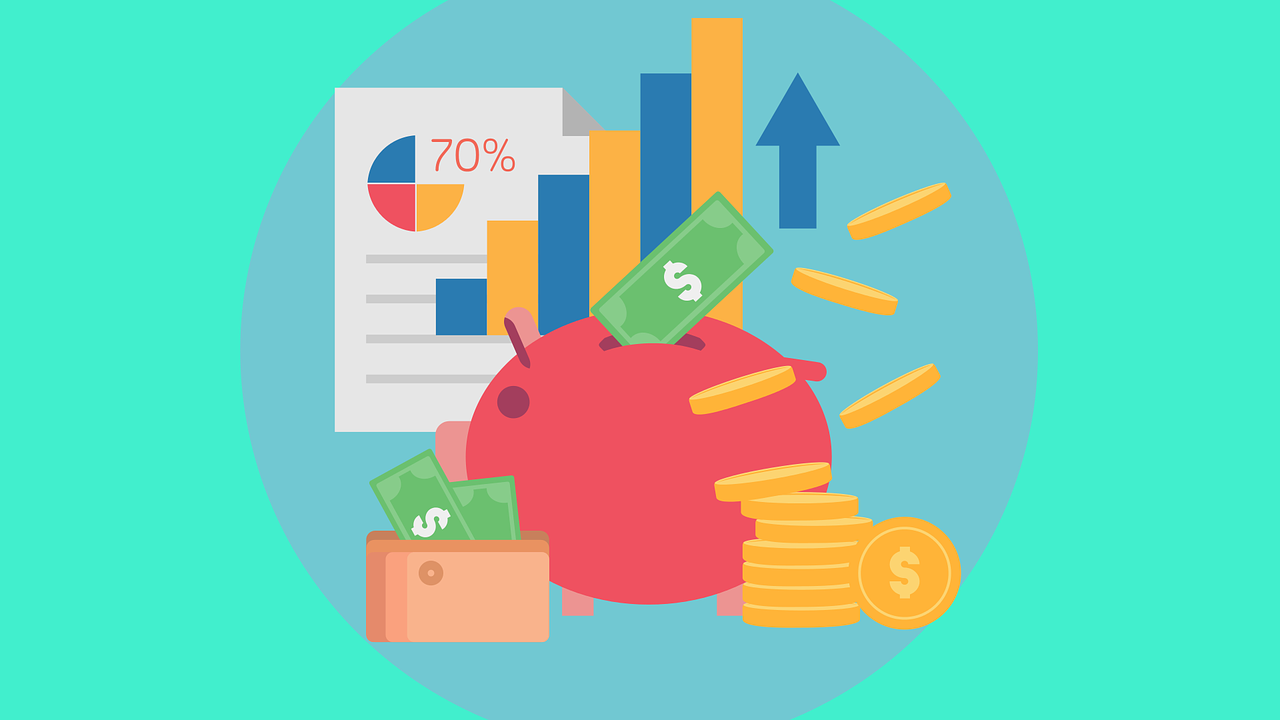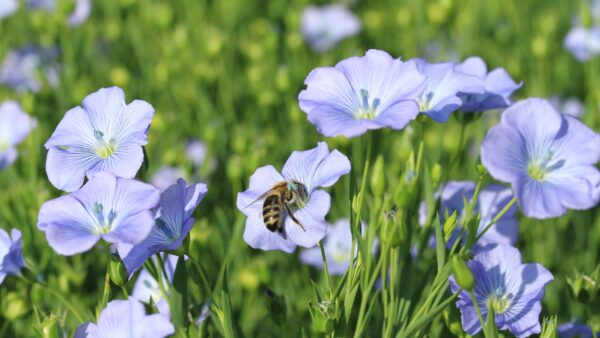While there might be some debate in the public world about intellectual property (IP), when it comes down to it, it’s easy to make the choice to invest in IP, Eloy Corona says.
“Why would anybody want to invest in seed innovations that they couldn’t make a return?” Corona, executive director of the Seed Innovation and Protection Alliance (SIPA), asks. “You wouldn’t and I wouldn’t either. Companies commit a lot of time and money bringing seed new innovations to their customers.”
Unfortunately, most stakeholders don’t see this side of the business, the trials and tribulations that don’t pass rigorous commercial standards, Corona says. Instead, you just see the outcome and the sunk costs that aren’t fruitful.
“They need to see this side of the equation,” he says. “It’s all about motivation, ability and more motivation. If you don’t have that motivation, innovations happen at a much slower pace.”
And, if there’s one thing the seed industry doesn’t want, it’s slower innovation. Why? Our industry is attempting to feed the globe, and innovation drives that.
“From a fundamental aspect, we always need new innovation to ensure we can feed our people, the U.S. population and the world population,” says James Weatherly, founder of Weatherly IP Solutions. “Because of that, we always need to be producing new innovative germplasm or products that help us produce crops to maintain the level playing field.”
“Too many people go to bed hungry,” Corona says. “We just can’t afford that.”
And both Corona and Weatherly agree on one thing: investments in seed are not cheap. Those investments can range from $1-5 million dollars a year per cultivar or hybrid to hundreds of million dollars for regulated traits — which gives companies a pretty good motivation to protect their investment and ensure they’re providing a return on investment to their shareholders.
“Customers demand new innovation,” Corona says. “There are always unmet needs — whether it’s yield, disease management, climate stresses or quality needs. Somebody must innovate that, which creates value. Once value is created, the innovator and the consumer benefit.”
There’s also an increasing demand for new products — products with better shelf life that won’t spoil as fast and lead to wasted food.
“It all takes innovation, investment and motivation,” Corona says.
The reason that private companies work hard to protect those innovations are due to the risk they take upfront.
Sometimes R&D programs can invest anywhere between 15-30% of their sales or revenue into R&D to bring innovation — on top of that, it can take years to produce new improved germplasm.
“If I spent a million dollars a year to develop a new germplasm, I need a mechanism that’s going to give me an exclusivity to prevent others from taking it and running off with it,” Weatherly says. “People aren’t going to invest if they can’t recoup their investment.”
And when it comes down to it, companies can’t afford to take a risk they can’t recoup right now, especially with current global events.
“There’s a lot of things that put our food systems at risk, like disruptions from COVID-19 and from Russia, and we can’t afford to do that,” Corona says. “Just think of IP as the motivator for plant breeders and seed companies to invest in a high-risk commitment.”
IP Encourages Competition and Innovation
When thinking of IP as the motivator for innovation and risk investment, it’s an easy answer: IP is encouraging competition and innovation in our sector.
“Everybody’s trying to build a better mousetrap,” Corona says. “There was an economic study around 10 years ago by Iowa State University that looked at IP and whether it increases the size of the grower and consumer welfare pie, and it does. Not only that, but it also proved that growers get a six to one return for every dollar they spend on new professionally produced seed. If you updated it today, I think you’d see the same results.”
Not only that, but without IP, Weatherly says there’d be a lot less interaction among the industry.
“IP gives you the opportunity to work with others,” he says. “If you didn’t have IP in your technology, you wouldn’t be able to collaborate with other companies and/or license technologies from others — which facilitates new seed innovations for the future.”
In the end, IP is meant to encourage innovations through protection — and that protection isn’t meant to hinder anyone.
Want to read more? Check out:
Why is IP Important for Innovation?
U.S. Seed Sector, Intellectual Property and Policy: The Three Amigos
Open Source Plant Material And Intellectual Property
USDA Opens Public Comment Period on Competition in Seed and Fertilizer Market
Seed Innovations: How Far Have We Come in Vegetables Flowers?












